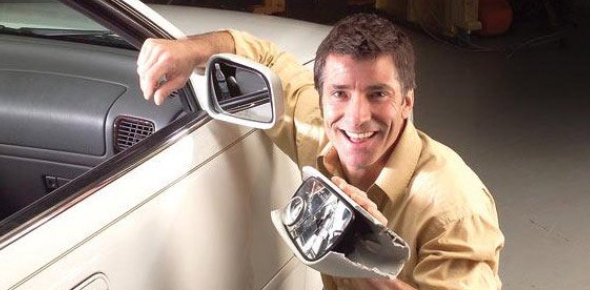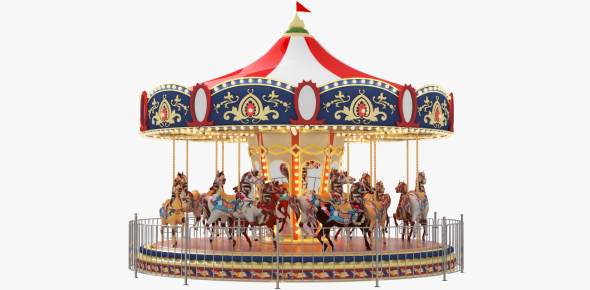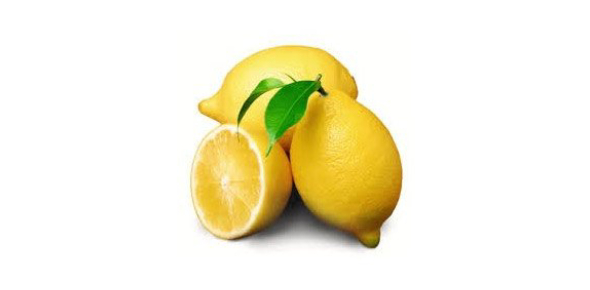7th Grade Science Quiz Questions And Answers

Are you a seventh-grader looking for some science revision quiz to aid you for upcoming exams? If so, then this interesting 7th-grade science quiz with well-researched questions and answers is designed for you, and it includes most of the topics you might have covered in your science class. This quiz is going to be fun as well as educational for you. Give it a try and ensure you polish up the topics you fail at.
7th Grade Science Questions and Answers
- 1.
Which part of a plant is responsible for absorbing water and minerals from the soil?
- A.
Leaves
- B.
Stem
- C.
Roots
- D.
Flowers
Correct Answer
C. RootsExplanation
Leaves are primarily responsible for photosynthesis, not for absorbing water and minerals. The stem transports water and nutrients within the plant but is not the main site of absorption. Roots have specialized structures, such as root hairs, for absorbing water and minerals from the soil. Flowers are involved in reproduction and do not play a significant role in absorbing water and minerals.Rate this question:
-
- 2.
What are the products of anaerobic respiration in yeast?
- A.
Alcohol and Carbon dioxide
- B.
Carbon dioxide and glucose
- C.
Oxygen and alcohol
- D.
Glucose and oxygen
Correct Answer
A. Alcohol and Carbon dioxideExplanation
During anaerobic respiration in yeast, glucose is broken down into alcohol (usually ethanol/ethyl alcohol) and carbon dioxide. This process, known as fermentation, occurs when there is a lack of oxygen or oxygen is not present. The yeast cells use glucose as a source of energy. The glucose is broken down into alcohol and carbon dioxide. A related process known as fermentation is a common process in the production of alcoholic beverages such as beer and wine.Rate this question:
-
- 3.
Which one of the following records the distance traveled by a vehicle?
- A.
Manometer
- B.
Motometer
- C.
Speedometer
- D.
Odometer
Correct Answer
D. OdometerExplanation
The odometer is a device that records the distance traveled by a vehicle. It is typically located on the dashboard on the driver’s side of the car and displays the total number of miles or kilometers that the vehicle has traveled since it was first put into use. The odometer is an important tool for keeping track of the mileage on a vehicle, which can be useful for maintenance purposes, determining fuel efficiency, and calculating depreciation. It is different from a speedometer, which measures the current speed of the vehicle, and from a manometer and moto meter, which are not related to measuring distance traveled.Rate this question:
-
- 4.
Which mirror is used for side view in vehicles?
- A.
Convex
- B.
Concave
- C.
Plain
- D.
None of these
Correct Answer
A. ConvexExplanation
Convex mirrors are used for side view in vehicles because they have a wider field of view and provide a larger image compared to concave mirrors. This allows the driver to see a larger area and objects that may be in their blind spot. The convex shape of the mirror causes light rays to diverge, resulting in a wider view. Additionally, convex mirrors also help to reduce the distortion of the image, making it easier for the driver to judge the distance and size of objects.Rate this question:
-
- 5.
A merry-go-round is an example of what kind of motion?
- A.
Straight
- B.
Circular
- C.
Vertical
- D.
Linear
Correct Answer
B. CircularExplanation
A merry-go-round is an example of circular motion. It involves objects moving in a circular path around a central axis or point, typically in a circular and repetitive manner. Straight motion does not describe a merry-go-round because this ride does not move in a straight line.Rate this question:
-
- 6.
What is the process by which plants use sunlight to convert carbon dioxide and water into glucose and oxygen?
- A.
Photosynthesis
- B.
Respiration
- C.
Fermentation
- D.
Germination
Correct Answer
A. PhotosynthesisExplanation
Photosynthesis is the process by which green plants, algae, and some bacteria use sunlight to synthesize foods with the help of chlorophyll pigment. During photosynthesis, carbon dioxide and water are converted into glucose (a form of sugar) and oxygen. This process is fundamental to the survival of most life forms on Earth, as it produces food and oxygen, both of which are essential for life. Respiration is a different biological process involving the release of energy from food/sugar, fermentation is a metabolic process that doesn't involve sunlight, and germination is the process of a seed sprouting into a plant.Rate this question:
-
- 7.
Based on which of the following changes is an indicator useful?
- A.
Temperature
- B.
Physical state
- C.
Color
- D.
Pressure
Correct Answer
C. ColorExplanation
An indicator is useful based on changes in color because it can provide visual cues or signals about a change in a substance or a reaction. Color changes can indicate the presence or absence of certain chemicals, the completion of a reaction, or the occurrence of a physical or chemical change. Indicators are often used in chemistry and biology experiments to determine the pH level of a solution or to detect the presence of specific substances. By observing color changes, scientists can gather important information about the properties and behavior of substances.Rate this question:
-
- 8.
Acids Taste Sour.
- A.
True
- B.
False
Correct Answer
A. TrueExplanation
Acids taste sour because they release hydrogen ions (H+) when dissolved in water. These hydrogen ions react with taste buds on the tongue, triggering a sour taste sensation. This is why substances like lemon juice, vinegar, and citrus fruits taste sour.Rate this question:
-
- 9.
The standard International Unit of speed is s/m
- A.
True
- B.
False
Correct Answer
B. FalseExplanation
The standard international unit of speed is not s/m (seconds per meter);it is meters per second (m/s). It represents the distance traveled in meters per unit of time, specifically, one meter per second.Rate this question:
-
- 10.
Which of the following instruments is used to check the temperature:
- A.
Thermometer
- B.
Voltmeter
- C.
Barometer
- D.
Speedometer
Correct Answer
A. ThermometerExplanation
A thermometer is used to check the temperature. It is a device that measures the temperature of a substance or an environment. It consists of a glass tube filled with a liquid, usually mercury or alcohol, that expands or contracts with temperature changes. The expansion or contraction of the liquid is indicated by a scale on the thermometer, allowing the user to read the temperature. Thermometers are commonly used in various settings, such as in homes, laboratories, and medical facilities, to monitor and control temperature.Rate this question:
-
Quiz Review Timeline +
Our quizzes are rigorously reviewed, monitored and continuously updated by our expert board to maintain accuracy, relevance, and timeliness.
-
Current Version
-
Apr 10, 2024Quiz Edited by
ProProfs Editorial Team
Expert Reviewed by
Daniel P -
Dec 23, 2010Quiz Created by
Veradux12
 Back to top
Back to top










